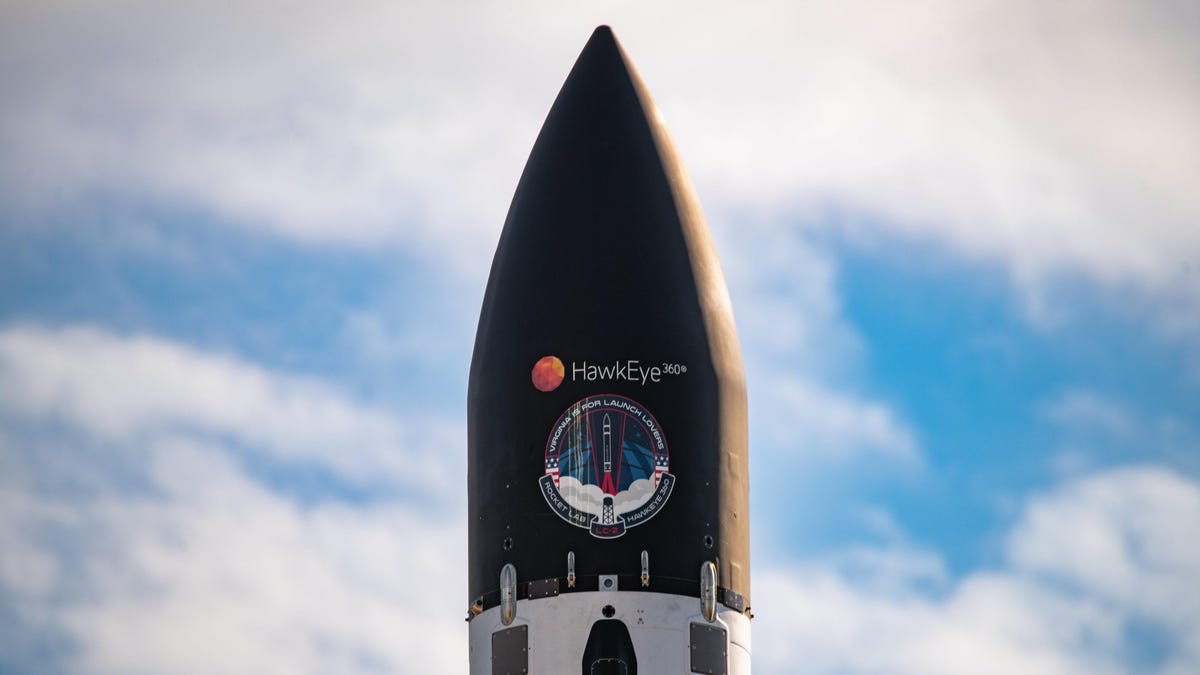The Space Thread
- Thread starter Gomez Adams
- Start date
You are using an out of date browser. It may not display this or other websites correctly.
You should upgrade or use an alternative browser.
You should upgrade or use an alternative browser.
EXTREMELY CLOSE ASTEROID FLYBY: There's no danger of a collision, but... Newly-discovered asteroid 2023 BU will make an extremely close approach to Earth this Thursday. On Jan 26th at 21:17 UTC (16:17 EST), the 5-meter-wide space rock will be just 3500 km above South America, well within our planet's belt of geosynchronous satellites. Europe's Virtual Telescope Project will live stream the flyby.

How to Watch Rocket Lab Attempt Its First Electron Launch From U.S. Soil
The small-lift launch vehicle lifted off at 6:00 p.m. ET from Launch Complex 2 within the Mid-Atlantic Regional Spaceport at NASA’s Wallops Flight Facility.
 gizmodo.com
gizmodo.com

Nova Scotia spaceport on track for first small-scale test launch, says CEO
The man behind Canada's first commercial spaceport says the facility in northeastern Nova Scotia could see its first suborbital test launch sometime early this summer.
I have often wondered about the viability of a space port that far north. I mean, you just don't get the huge boost that you do from being closer to the equator.
So it's about a 500km an hour difference. I did a little sleuthing about Baikonur Cosmodrome. Lo and behold it's about the same degrees north as the one here! The Russians have been launching from this latitude for decades.
Yes, but they do have a MASSIVE rocket booster doing the heavy lifting.The Russians have been launching from this latitude for decades.
When you get down to the brass tacks of people building more efficient rockets, it sort of shoots the idea of launching anywhere but near the equator in the foot.
Example: The Falcon rocket. It's simply not powerful enough to make it to the ISS with a load if it lost any speed at all, so launching from that far north is out. Completely.
I just think they're building that complex thinking that "if we build it, they will come" without doing the math and realizing that most rockets simply won't have the power to make it to LEO with a load from that far north.
Shamelessly lifted from Quora.
"Low earth orbit moves at 17500 mph.
Even if your launch sites were widely separated in latitude, your gains would only be a moderate savings in delta/v required. Lets take for example, Baikonur’s 46 degrees North Latitude vs Korou’s 5 degrees.
46 degrees = 722.7 mph
05 degrees = 1036.4 mph
You’re only saving 313.7 mph out of the roughly 17,600 mph low earth orbital velocity . Not all that much a savings when you consider how far away you are having to build and ship everything to the launch site.
The real reason is that because of how orbital mechanics works… you can only launch into an orbit with an inclination equal to your latitude or greater. You can change orbits but the phenomenal cost of fuel is typically prohibitive.
"Low earth orbit moves at 17500 mph.
Even if your launch sites were widely separated in latitude, your gains would only be a moderate savings in delta/v required. Lets take for example, Baikonur’s 46 degrees North Latitude vs Korou’s 5 degrees.
46 degrees = 722.7 mph
05 degrees = 1036.4 mph
You’re only saving 313.7 mph out of the roughly 17,600 mph low earth orbital velocity . Not all that much a savings when you consider how far away you are having to build and ship everything to the launch site.
The real reason is that because of how orbital mechanics works… you can only launch into an orbit with an inclination equal to your latitude or greater. You can change orbits but the phenomenal cost of fuel is typically prohibitive.
That doesn't take into account the vast distance the rocket has to cover to meet up with it's LEO target which is almost always on an equitorial orbit.
That is the straw that breaks the camel's back.
You can't just magically cover 10's of thousands of additional miles for free. There's a fuel cost for that and every single ounce of speed you can get helps.
That is the straw that breaks the camel's back.
You can't just magically cover 10's of thousands of additional miles for free. There's a fuel cost for that and every single ounce of speed you can get helps.
You made my argument about changing orbits in orbit and the prohibitive cost.
These launches (most likely) wouldn't service "geostationary" equatorial orbits.
These launches (most likely) wouldn't service "geostationary" equatorial orbits.

